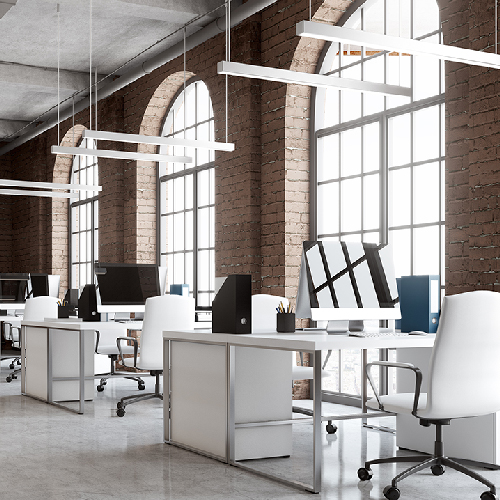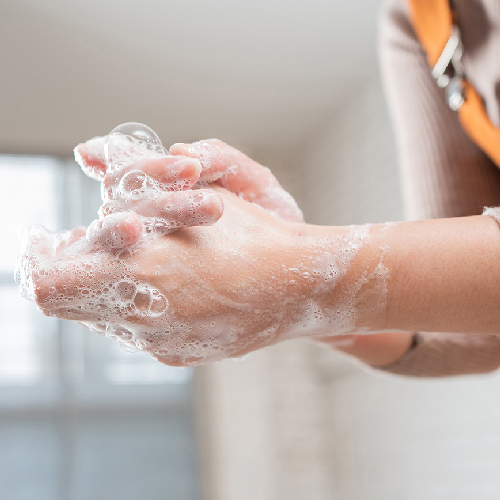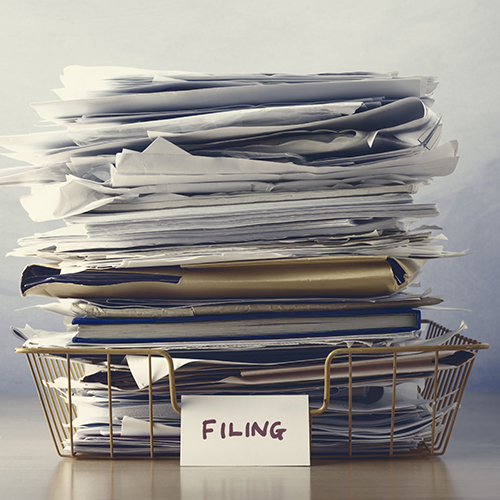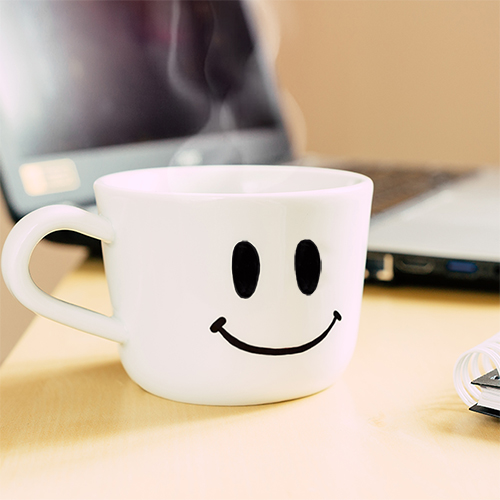
Why Breaktime is so Important
Reclaim your breaktime!
We’ve all been there. A looming deadline, franticly studying for an exam or becoming fully engrossed in a long task means it can be tricky to justify a break. The fear of losing precious minutes takes over and you feel chained to the desk. Despite the deadline, it’s actually beneficial for productivity levels to take a short break. Studies show our brains can only handle processing so much information at one time before requiring a rest. Continuous repetitive tasks can also lead to boredom. Breaks are essential for retaining essential information and staying focussed so you can ultimately do a better job.
Why take a break?
To retain information
Breaking may help you get more done – if you’ve ever found yourself getting nowhere, you may be overloading your brain. You may find a task easier to complete after a short time away.
Make better decisions
Step back from your task to process information and make better decisions or solve a problem.
Be healthier
Not taking breaks for food, sleep or exercise is detrimental to both body and brain.
Rest your eyes
Give your eyes a break from reading or looking at a screen. Disconnect from technology for a short time to prevent eye strain that could cause you to become unproductive.
Lower stress levels
Taking a break allows you to step back and ‘switch off’ from work for a few moments.
To avoid fatigue
Being tired clouds your judgement and you may prone to making more mistakes.
Boost your energy levels
Come back to a task after a break may make you feel more energised.
How and when should you break?
How long you are able to work without a break varies from person to person. Here are some methods to try:
75 - 90 minutes
Concentrate for this amount of time then be rewarded with a 15 minute break. College classes are designed to be around this length.
The Pomodoro Technique
Developed in the 1980’s by Francesco Cirillo, the technique helps users develop a good relationship with time. This idea is that you set a timer and focus your brain away from interruptions to work on a task for 25 mins, then break for 4 minutes. Repeat 4 times then take a longer break.
20 – 8 - 2.
When using a sit-stand desk, sit for 20 minutes, stand for 8 minutes then move for 2 minutes. You can set an alert to remind you when to stand. This method is effective in making you move more at a desk and become more productive over time.
The 52 / 17 rule
Similar to the Pomodoro Technique, this method allows you to fully immerse yourself in work for 52 minutes then allow yourself a 17 minute break completely away from screens, phones or any other work-related tasks. Working with purpose for the 52 minutes helps you accomplish tasks knowing that you will be rewarded with a break completely detached from work.
Check your breaktime entitlements
It’s worth checking your breaktime allowance at work. In Ireland, employees are entitled to a 15 minute break when you have worked more than 4.5 hours. Talk to your HR department about company policy on how long you are able to take at a time.
What do you need for an effective breaktime
Comfortable furniture
Enjoy a comfortable break sitting on casual soft seating in a designated breakout area. This type of furniture is a welcome contrast to office furniture and will allow workers to detach from work during their break. Why not install high backed booths and hubs for an effective way to switch off from any background noise?
Lunchroom Furniture
Canteen tables and chairs are an essential to allow employees to take their lunchbreak practically and comfortably.
Outdoor seating
Enjoy and al-fresco break and head outside for some fresh air and sunlight. If you have an outdoor space, why not add some comfortable and practical outdoor furniture? Time away from the physical space of the workplace will do you the world of good, helping everyone refresh and feel energised for the afternoon ahead.
Exercise equipment or clothing.
Go for a walk, run, gym or cycle.
How to have an effective break
- Enjoy a short walk or even just a breath of fresh air.
- Sit somewhere other than your desk or workstation such as breakout area, canteen or outside area.
- Stretch your legs, arms, back or neck at your desk.
- Make a hot drink or take your lunch break.
- Be sociable – chat or laugh with a colleague about non-related work topics
- Meditate
- Be creative – try a new activity, sketch, listen to music or daydream
- Read a book – focus on something completely detached from your task
- Use an app or timer to help you recognise when to take a break
We stock a wide range of furniture and catering products for you to enjoy your breaktime. Search for what you need on our website or contact a member of our team for some advice.
Latest Articles to hit the hub

Deposit Return Scheme is now live!
When you buy a drink in a container with the Re-turn logo...
07th June 2024
Read More
Why hydration is essential for productivity
Quench your thirst this summer...
15th June 2023
Read More
The best modern desk lamps for your workspace
Lighten up during darker days...
25th October 2022
Read More
Prepare your workplace for the winter
It's never to early to plan ahead...
19th October 2022
Read More
How to create privacy in the open plan office
Find a quiet space to work...
11th October 2022
Read More
How Pukka teas support workplace wellness
A blend to suit every time of day...
27 September 2022
Read More
5 easy ways to keep active at work
For healthier and productive working...
20th September 2022
Read More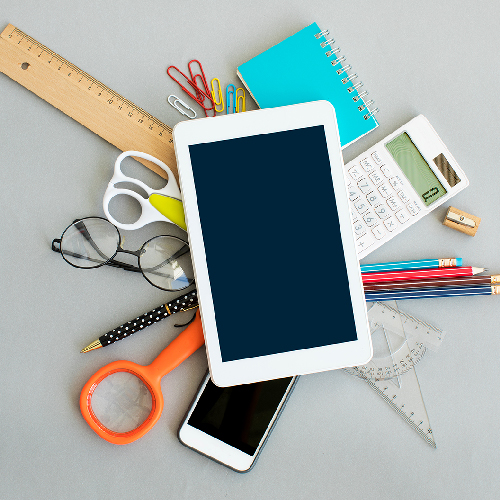
Our back to School Stationery ideas
All you need to prepare for September...
16th August 2022
Read More
5 Suprising green facts about paper
How paper production is sustainable...
10th August 2022
Read More
How to make office recycling more successful
Our tips for a sustainable office...
24th July 2022
Read More
How can an air purifier help your hay fever?
Enjoy pollen-free air this summer...
11th July 2022
Read More
Healthy posture for workplace wellness
Ergonomics for comfort and wellbeing...
27th June 2022
Read More
Check out our neat office storage ideas
Practical and useful ideas for your workspace...
12th April 2022
Read More
How we're striving for carbon reduction
Our sustainable business practices...
28th March 2022
Read More
The road to carbon neutral furniture
Promoting more sustainable production...
16th March 2022
Read More
5 Reasons to choose worktables
Discover the most versatile and modern desk ...
8th February 2022
Read More
The best coffee machine for your workplace
Check out our suggestions for the perfect brew...
27th January 2022
Read More
How to ward off those winter germs
Read our simple tips for a healthier season...
20th January 2021
Read More
Why Choose Eco-friendly Stationery?
Discover why eco is the way to go...
13th January 2022
Read More
Merry Christmas and 2021 wrapped up!
Goodbye 2021 and we look forward to 2022...
13th December 2021
Read More
Our top 5 best office shredders
Find the right shredder for your office, large or small...
6th December 2021
Read More
Our favourite office desk accessories
Our top picks to cheer up the dreariest of desktops...
30th November 2021
Read More
How to have a more eco-friendly Christmas
Check out our sustainable gift ideas...
24th November 2021
Read More
What are the benefits of a recliner chair?
Find out the health benefits of relaxing in a recliner...
12th November 2021
Read More
What is the best small office desk?
Find the right desk for even the smallest of spaces...
2nd November 2021
Read More
Be safe and seen with high vis workwear
Discover how to protect yourself in winter...
26th October 2021
Read More
Planning for 2022 with our range of planners
Our reasons to hoose a paper diary or planner...
12th October 2021
Read More
How to find the right home office chair for you
Read our useful suggestions for comfort and ergonomics...
6th October 2021
Read More
What is the best face covering for you?
Discover the right face covering for your requirements...
2nd October 2021
Read More
10 Reasons to support your local supplier
Support your local supplier to help the economy...
27th September 2021
Read More
How can you reduce your carbon footprint?
Looking for ways to become a more sustainable business...?
20th September 2021
Read More
What is the best all in one printer?
Looking for a convenient way to print, copy and scan documents?...
16th September 2021
Read More
What are antimicrobial products?
Antimicrobial products for the workplace to help fight viruses...
7th September 2021
Read More
Outdoor Seating ideas for the Workplace
Many of us have been renovating and reviving our outside spaces...
10th August 2021
Read More
Top tips for an ergonomic desk set up
Avoid strain and injury and become healthier and happier...
21st July 2021
Read More
How does an ergonomic mouse help reduce strain?
Not just for those already experiencing wrist or arm strain...
6th July 2021
Read More
2021 EU Enterprise Awards
Winning the Best Office Supplies Company 2021 & Embracing Change Award for Business Resilience!
22nd June 2021
Read More
What is a Sit Stand Desk & Why
You may have heard of a sit stand desk, but do you know why they are so good for you?
8th June 2021
Read More
10 Tips for Return to the Office
If you haven’t already thought about it, here are 10 things to consider after over a year away
25th May 2021
Read More
Planning for the World of Hybrid Working
Hybrid working offers huge benefits if managed well and can create a happier, healthier workforce











